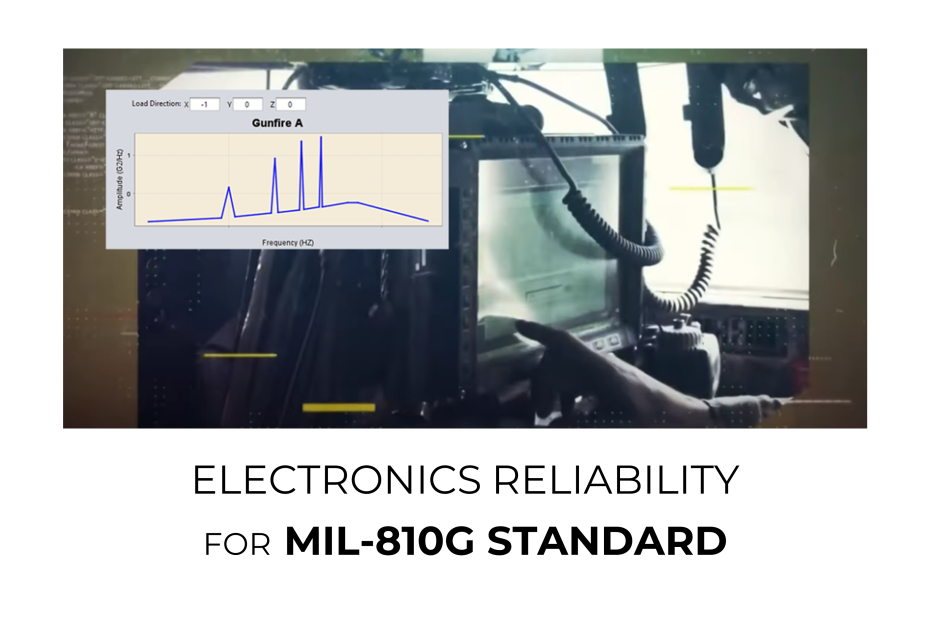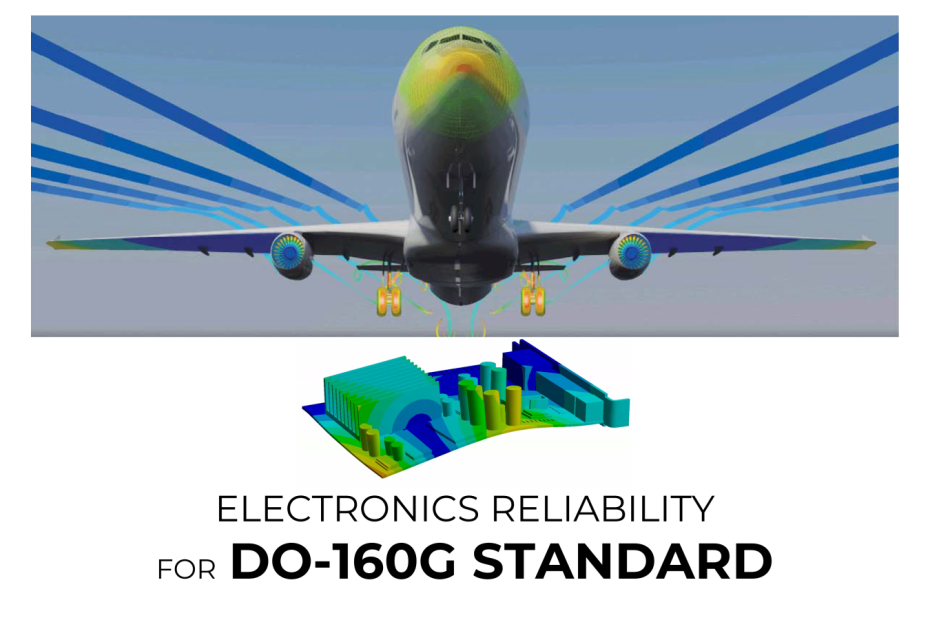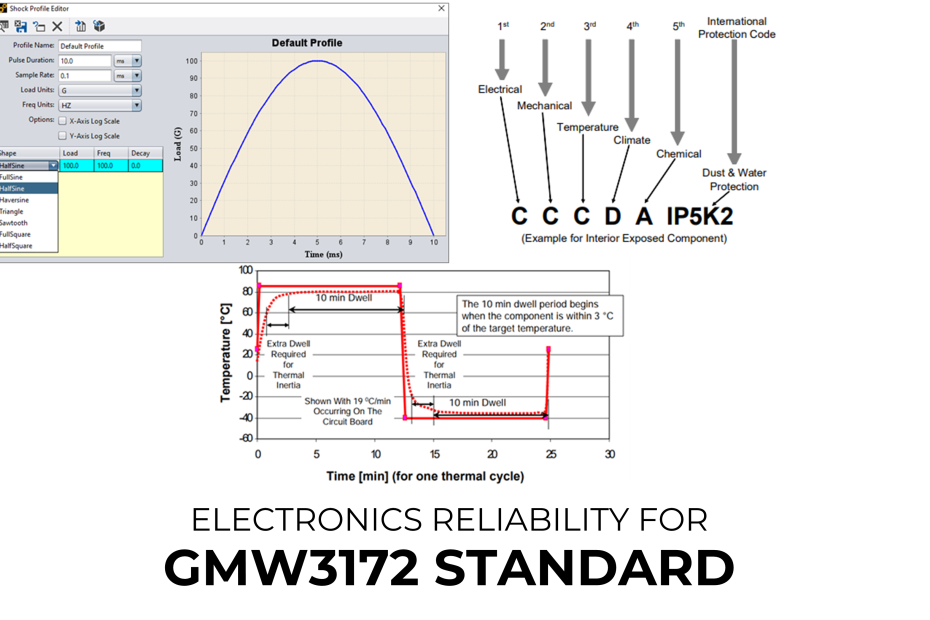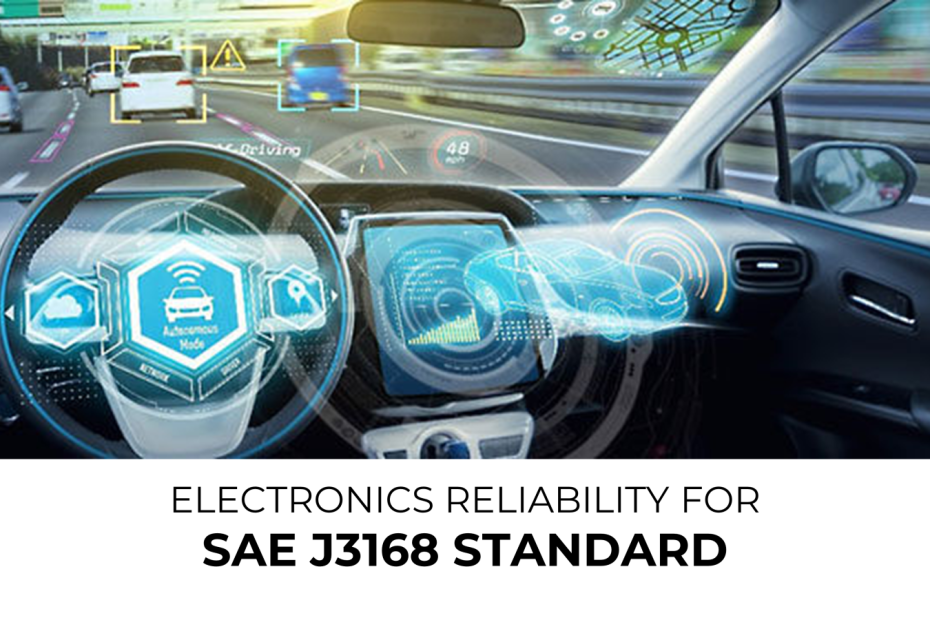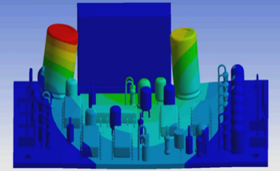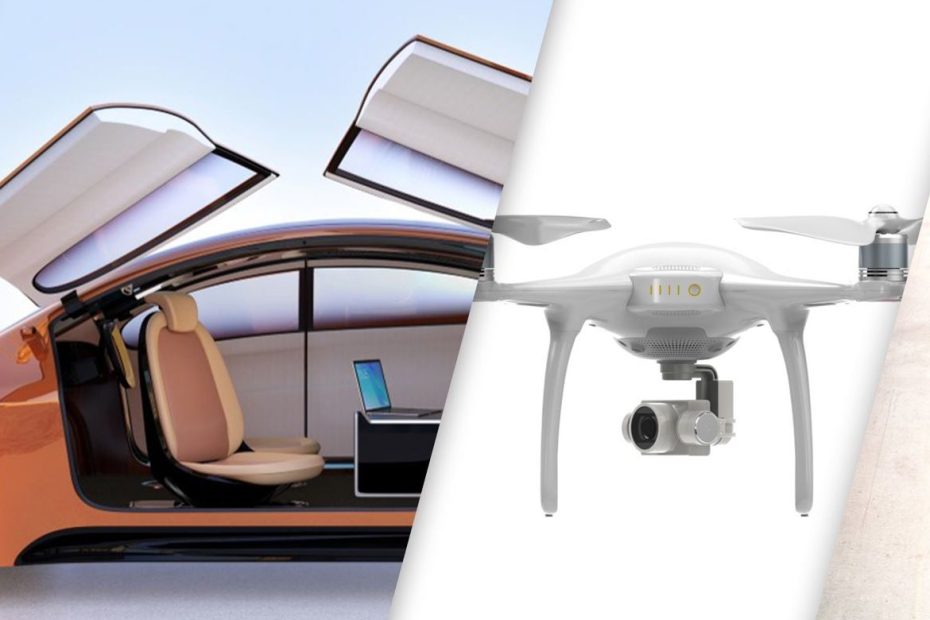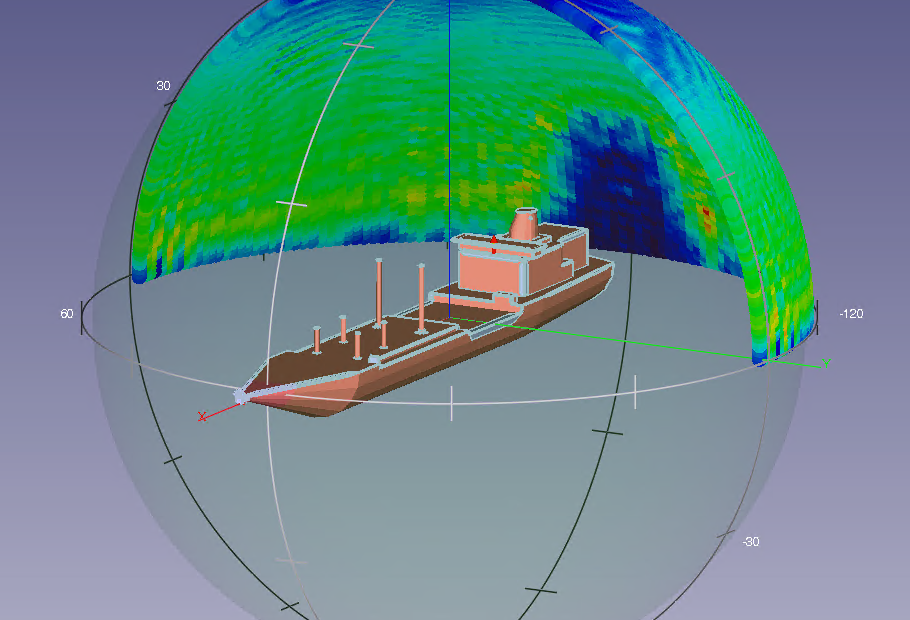What’s new in Ansys for universities and academic researchers?
Highlights from a recent webinar by LEAP’s expert simulation team covering the most significant updates in Ansys for educators and academic researchers in ANZ – with a focus on Structures, Fluids and Electromagnetics across the last 2-3 years.


